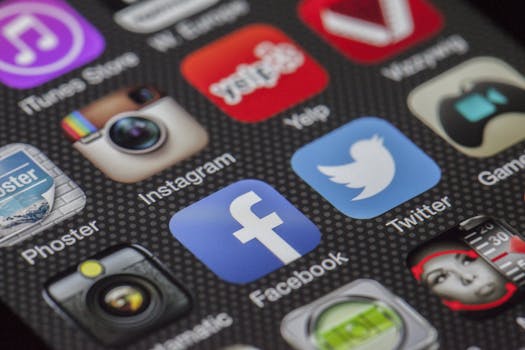Instagram vs. TikTok: The Algorithm Race
Instagram vs. TikTok: Can Instagram Close the “Trend” Gap in 2025? Instagram’s CEO says the app can’t detect trends fast enough, so we did a little digging – The answer isn’t just about tech — it’s an algorithm arms race Meta need to catch up. When I reopened Instagram in 2025 after a long hiatus, I noticed significant changes. The interface had been revamped, and features were reorganized. Confused, I searched for tutorials but found few recent guides, indicating a shift in user engagement. Despite initial confusion, I stayed because Instagram felt more manageable than TikTok’s sensory overload. Then, I came across CEO Adam Mosseri’s insights on the 2025 algorithm overhaul, where he acknowledged Instagram’s struggle to spot trends as quickly as TikTok. This prompted me to dive into the data to understand why TikTok seems to always know what’s trending before Instagram. Why it matters:Trends drive engagement, which in turn drives ad revenue. For Instagram, falling behind TikTok in detecting viral moments risks losing its grip on Gen Z, who are flocking to TikTok for faster, fresher content. Driving the conversation:In a recent YouTube video, Instagram’s CEO Adam Mosseri acknowledged the platform’s struggle to identify trends quickly, citing TikTok’s algorithmic edge. He emphasized plans to improve Reels’ recommendation system to prioritize “what you’re interested in, not just who you follow.” The big picture:Social media is a battle of algorithms. TikTok’s real-time, AI-driven system spots trends in hours; Instagram’s more complex model, with separate algorithms for different features, historically took longer. However, Instagram is making strides to close this gap in 2025. How TikTok’s algorithm wins: Why Instagram lagged: Multiple algorithms:Instagram has separate systems for Feed, Stories, Reels, and Explore, which can slow down trend propagation compared to TikTok’s unified approach. Prioritizing relationships:Instagram focuses on content from accounts users interact with regularly, favoring familiarity over novelty. While this strengthens community bonds, it delays exposure to new trends. Stricter moderation:Instagram’s content review processes can slow down the adoption of new trends compared to TikTok’s more lenient “post first, moderate later” approach. Technical hurdles:Instagram’s legacy code, originally built for photos, has been retrofitted for video, which can be less efficient than TikTok’s video-optimized infrastructure. What’s Next for Instagram in 2025: Apart from what Mosseri shared on the interview, there are several updates aimed at improving trend detection and content recommendation: 1. Prioritizing original content:Instagram is rewarding original, creative content, which can help in spotting and promoting new trends. 2. Focus on watch time, likes, and sends:The top three ranking signals are watch time, likes per reach, and sends per reach. Likes are more important for content shown to followers, while sends are crucial for non-followers. 3. AI enhancements:Instagram is using AI to suggest niche content tailored to user preferences and to analyze image and video content beyond captions and hashtags for better recommendations, potentially speeding up trend detection. 3. Explore page improvements:The Explore page now focuses on highly engaging, trending content, helping users discover new trends faster. 4. Trial Reels:Creators can test Reels with non-followers before sharing, allowing them to gauge potential virality early. 5. Recommendation Reset feature:Users can reset their algorithms to start fresh, potentially helping them discover new trends more easily. The stakes:Instagram’s struggle to detect trends quickly isn’t just a technical issue—it’s crucial for maintaining relevance and user engagement. While TikTok’s algorithm excels at real-time trend prediction, its future in the U.S. remains uncertain due to regulatory pressures, creating an opportunity for Instagram to regain ground. What to watch: The Takeaway:Social media’s next phase will depend on balancing algorithmic agility with user trust. For Instagram, closing the trend gap means continuing to overhaul its systems and leaning into features that creators want—not just chasing competitors. As TikTok faces regulatory headwinds, the door is open for Instagram to make significant gains, but it must act swiftly and effectively. More on our Blog
Instagram vs. TikTok: The Algorithm Race Read Post »





